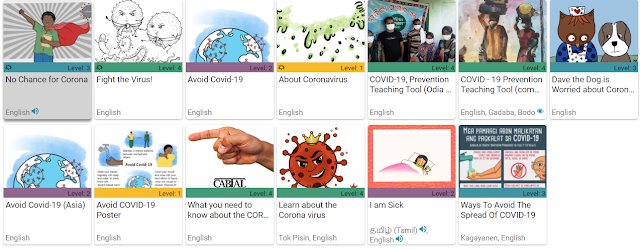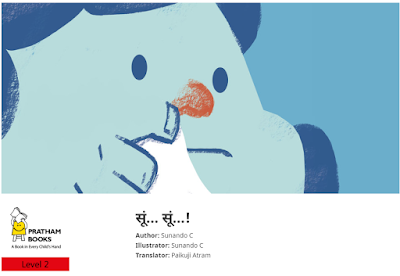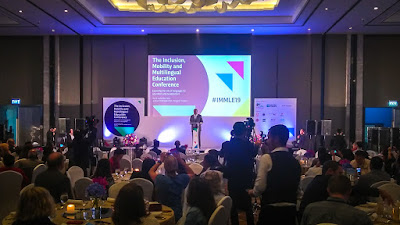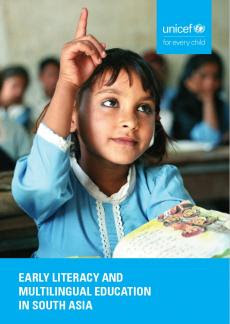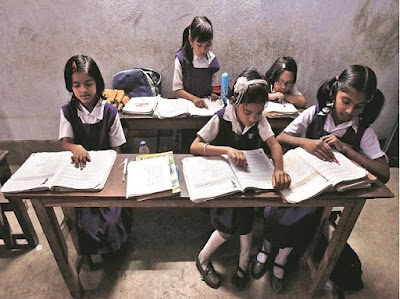There is lots of information shared about the prevention of the spread of viruses these days. In terms of vulnerability we usually talk about medical vulnerability. But how about information vulnerability? There are several groups of people that fall into that category. How about those who do not understand the major languages through which the information of the governments and health organizations is distributed? How about kids who have difficulty to make sense out of the adult talks? Sniffles is a cute kids' book published by Pratham with an appealing story about a girl with a cold who accidentally got her friends sniffing and sneezing. At the end it gives some simple explanation on how the spread of a virus happens and can be prevented. A relevant topic for today! The book has been put on Storyweaver and Bloom , so that it can easily be translated in any other language. It is already available in Sadri (Devanagri), Kolami, Bengali, Tamil, Mara...
